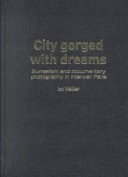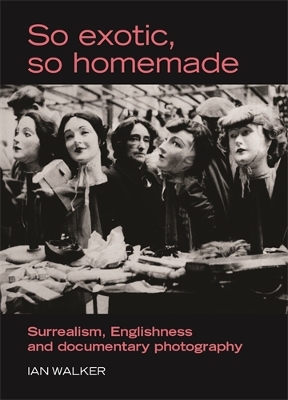The Critical Image
2 total works
In the twenties, the Surrealists were aready seeking ways to incorporate subjectivity and ambiguity into documentary, without betraying its essential connections with the real.
In his previous book City Gorged with Dreams (2002), Ian Walker challenged established ideas about Surrealist photography by emphasising the key role played by documentary photographs in Parisian Surrealism. Now Walker turns his attention to the arrival of Surrealism in England in 1936. Examining for the first time the surprising relationship between Surrealism and English documentary photography and film, the book shows that some of the most interesting work of the period was made in the ambiguous spaces between them.
One of the key themes in this book is the relationship between the ‘homely’ and the ‘exotic’, in the innovative mix of poetry and ethnography in Mass-Observation for example, or the shadowed England constructed in the work of Bill Brandt.
Based on extensive archival research, interviews and visits to sites where the photographs were made, this book is rich in detailed analysis yet written in an accessible and often witty style.

